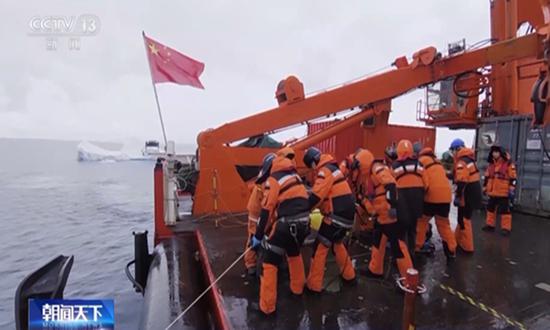
China's 41st Antarctic expedition team recover China's first ecological subsurface mooring buoy in the Amundsen Sea in Antarctica (Photo/Screenshot from a CCTV report)
China's 41st Antarctic expedition team has successfully retrieved the country's first Antarctic ecological subsurface mooring buoy, which was deployed in the Amundsen Sea in early 2024. As the team concluded their scientific mission in the Amundsen and Ross Seas, this recovery is expected to provide valuable data for research on the Antarctic marine ecosystem, China Central Television (CCTV) reported on Tuesday.
Subsurface mooring buoy is one of the commonly used devices for oceanic expeditions. Equipped with high-precision sensors, they are deployed below the sea surface to monitor seasonal and interannual variations in the marine ecosystem over extended periods.
Retrieving China's first ecological subsurface mooring buoy from the ocean was a major task for the expedition team after the buoy conducted one year's seabed observation.
According to Luo Guangfu, captain of the oceanic team of China's 41st Antarctic expedition, the ecological subsurface mooring buoy was placed by the crew of China's research icebreaker Xuelong 2, or Snow Dragon 2, during the country's 40th Antarctic scientific expedition in January of 2024.
The buoy is equipped with a polar bio-acoustic detection module, a bio-optical detection module, and a basic marine environmental monitoring module, spanning over 2.9 kilometers in length. Its primary challenge is collecting data from the upper ocean beneath persistent sea ice cover, with a focus on long-term observations of water layers between 0 and 400 meters, according to CCTV.
A subsurface mooring buoy typically consists of sensors, buoys, a release mechanism and heavy weights, all connected in a series by a cable. The sensors continuously collect data from the surrounding water layer, while the buoy provides buoyancy to maintain the system's upright position. The heavy weights act an anchor, securing the buoy to the seafloor.
Luo explained that the buoy deployed last year was a test prototype. Researchers will assess its system stability and data quality upon retrieval, using the findings to refine future models. These improvements will provide a more reliable technological foundation for continued Antarctic marine ecosystem research.
The first step in recovering a subsurface mooring buoy is locating it. The crew members of Xuelong 2 used an underwater acoustic probe to communicate with the mooring buoy's release instrument, determining its location and narrowing down the search area.
After communication, the subsurface mooring buoy was identified in the very location it was placed last year.
Among all mooring buoy recovery operations in the Amundsen Sea this year, the recovery of the polar ecological subsurface mooring buoy turned out to be the most challenging one with a prediction of 12 hours' recovery effort, due to its super length and its complicated structure.






















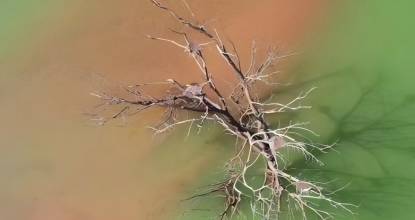

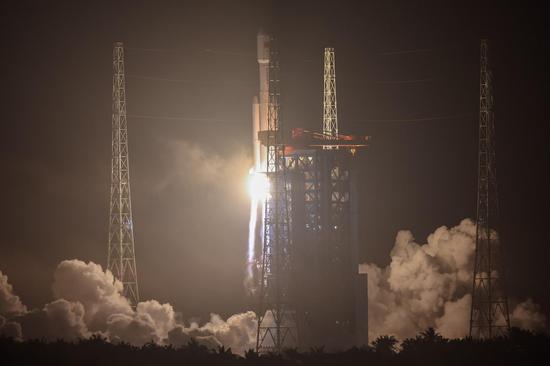







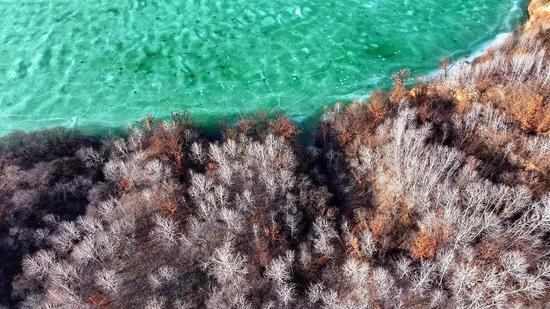








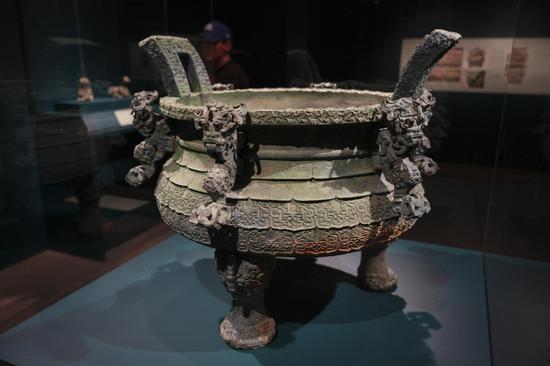








 京公网安备 11010202009201号
京公网安备 11010202009201号